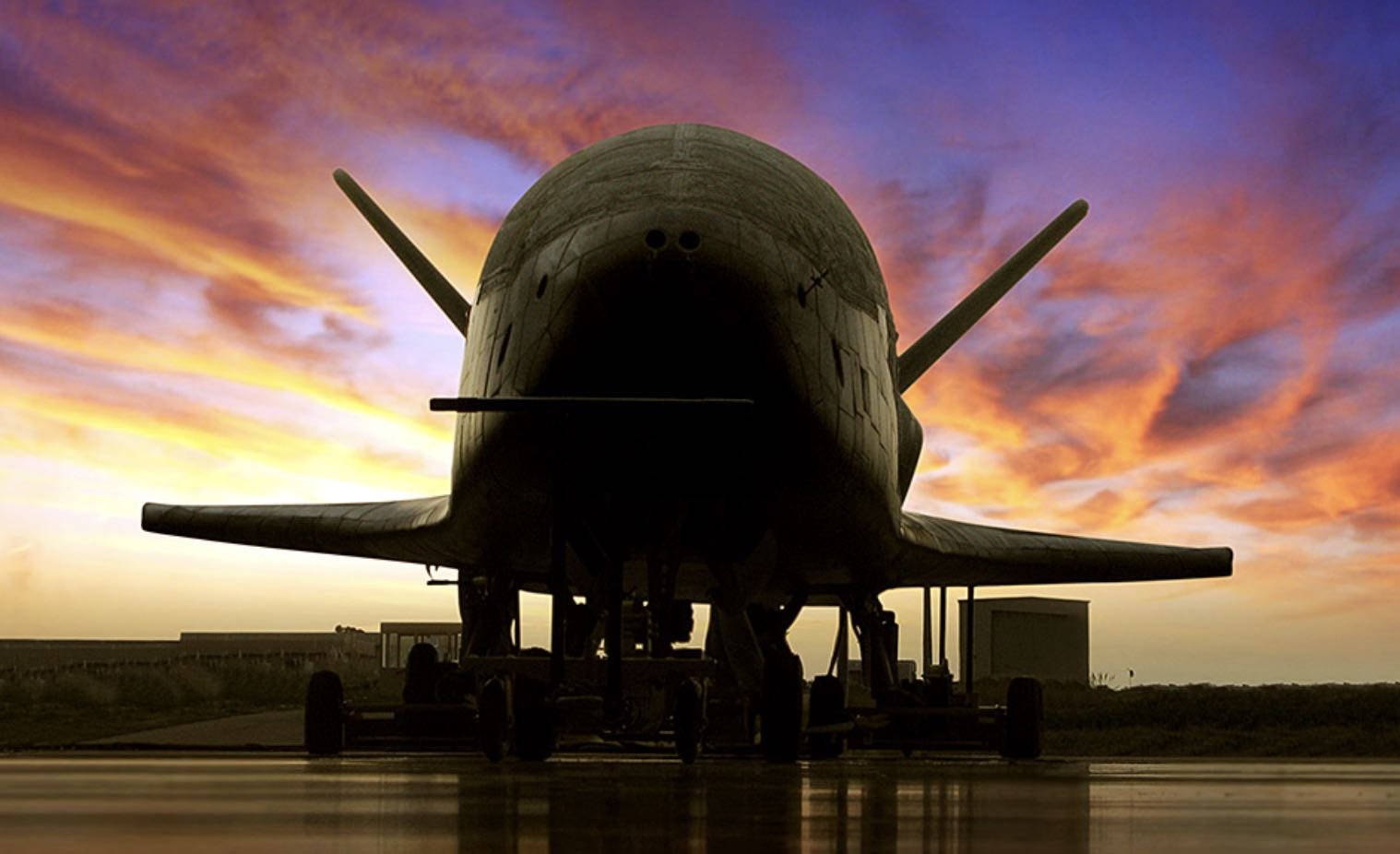The U.S. Space Force’s mysterious X-37B space plane is about to test a series of novel maneuvers high above the Earth.
A variant of NASA’s X-37A space plane, designed by Boeing, the X-37B has remained a subject of secrecy. The upcoming tests aim to ensure the platform’s viability in the face of an increasing likelihood of space being a battleground in future conflicts.
The X-37B Maneuver Mission
The X-37B’s current mission follows its launch aboard a SpaceX Falcon rocket last December. Since then, the plane has maintained a highly elliptical orbit around Earth. In the interim, the Space Force and the Air Force Rapid Capabilities Office have conducted several experiments on the X-37B, focusing on radiation exposure and Space Domain Awareness technologies.
The latest maneuvers concentrate on aerobraking and disposal. Aerobraking involves a series of passes that use Earth’s atmospheric drag to adjust the craft’s orbit while conserving fuel. During these maneuvers, the craft will jettison service module components, aiming to reduce the accumulation of space debris around Earth. Following this phase, the plane will proceed with additional orbital experiments. Once these experiments are complete, the X-37B is scheduled to de-orbit and return to Earth.
Space Leaders Highlight the Importance of New Maneuvers
Space Force leaders have praised the X-37B’s achievements. Frank Kendall, Secretary of the Air Force, stated, “This novel and efficient series of maneuvers demonstrates the Space Force’s commitment to achieving groundbreaking innovation as it conducts national security missions in space.”
Chief of Space Operations Gen. Chance Saltzman added, “This first-of-a-kind maneuver from the X-37B is an incredibly important milestone for the United States Space Force as we seek to expand our aptitude and ability to perform in this challenging domain. The success is a testament to the dedication and perseverance of the team.”
Maintaining Control in the Space Domain
Since its establishment in 2019, the U.S. Space Force has been striving to stay ahead of adversary capabilities. Earlier this year, the Department of Defense briefed Congress on the potential deployment of Russian nuclear weapons in space. Speculation about the X-37B’s role has been widespread. Some wonder if it is designed as a satellite interceptor.
The Space Force has been tight-lipped about the craft’s exact capabilities and the nature of the tests being conducted. An official image caption described the X-37B as a “futuristic intercept vehicle,” leading to speculation that it might be a weapons platform, according to an April 2024 report by the Secure World Foundation, an organization that advocates for the peaceful use of space.
While the Space Force has not commented on these recent claims, the Air Force previously denied in 2010 that the X-37B represents a “weaponization of space.”
Ryan Whalen covers science and technology for The Debrief. He holds a BA in History and a Master of Library and Information Science with a certificate in Data Science. He can be contacted at ryan@thedebrief.org, and follow him on Twitter @mdntwvlf.

